ISRO-NASA built satellite ready to be shipped to India for launch
ISRO Chairman S Somanath visited NASA’s Jet Propulsion Laboratory (JPL) in the US state of California on Friday to oversee the final electrical testing of the NASA-ISRO Synthetic Aperture Radar (NISAR) satellite before being shipped to India.

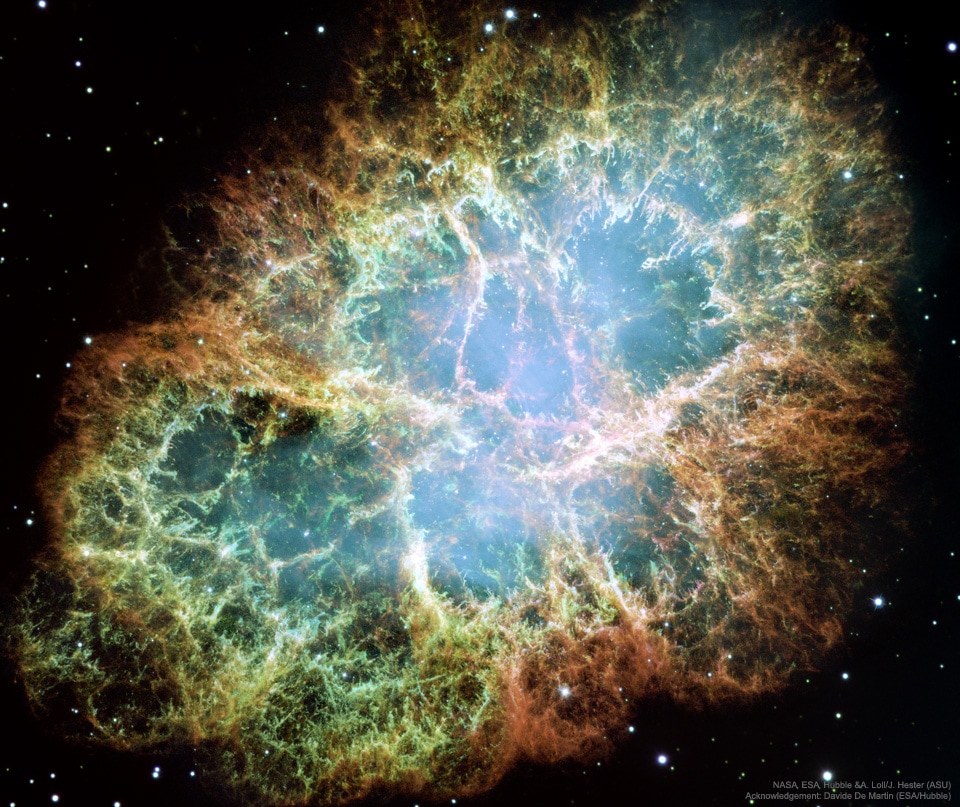
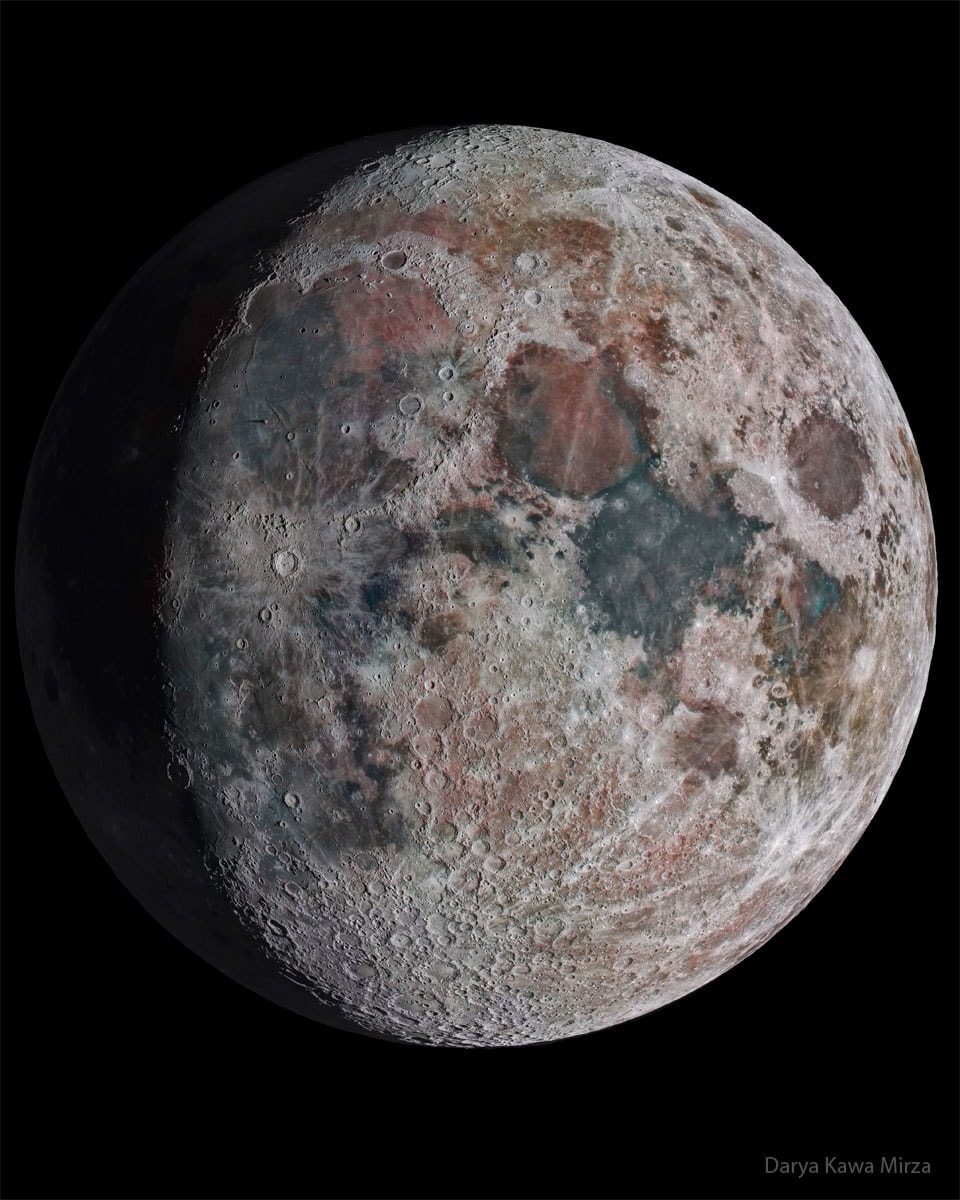
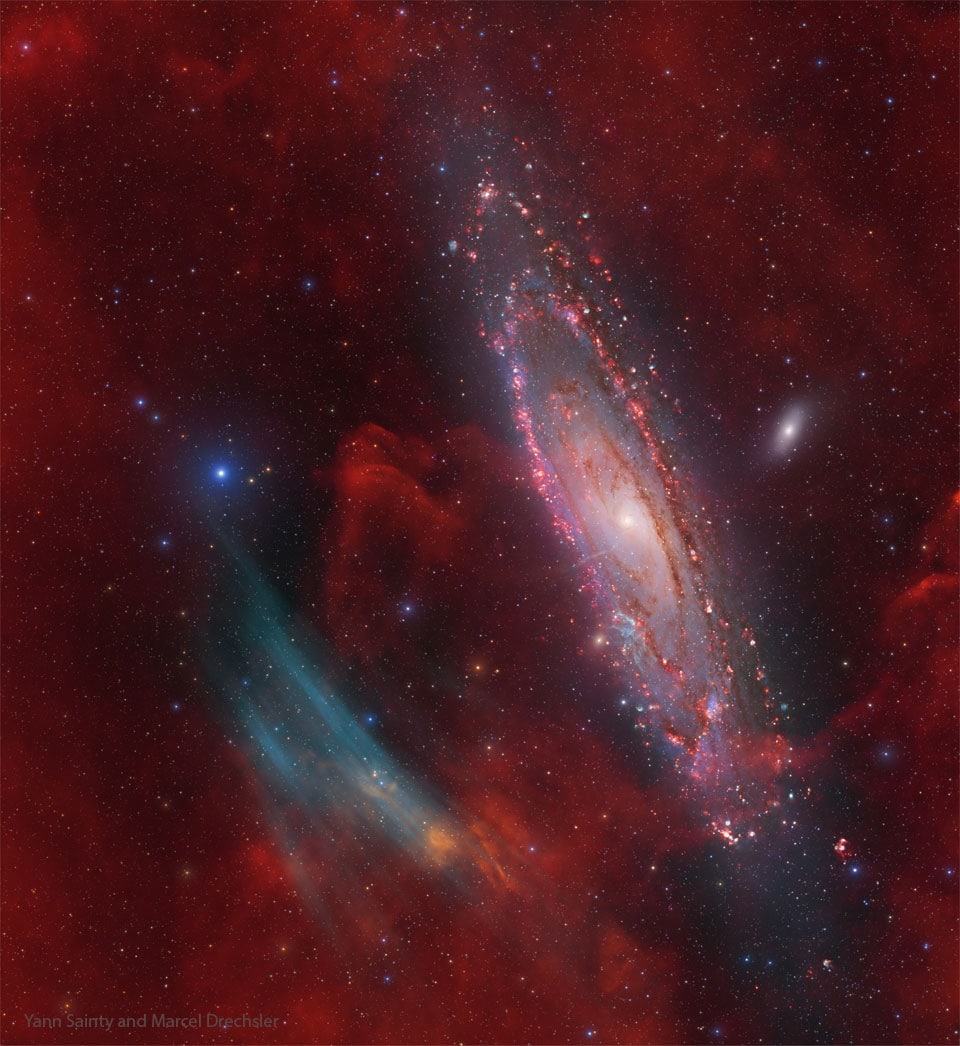
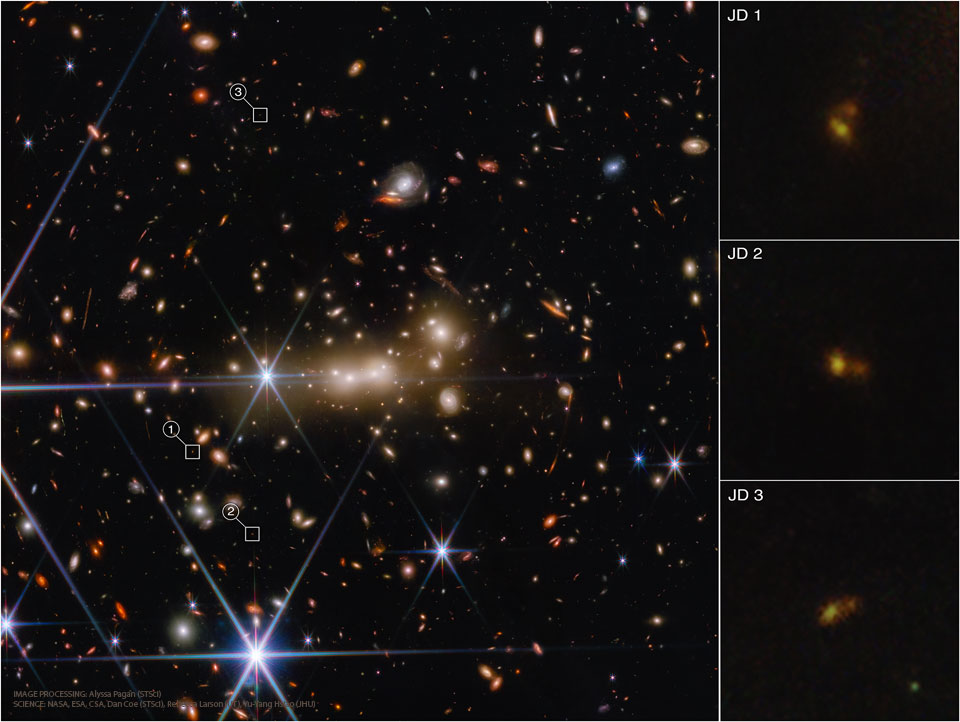
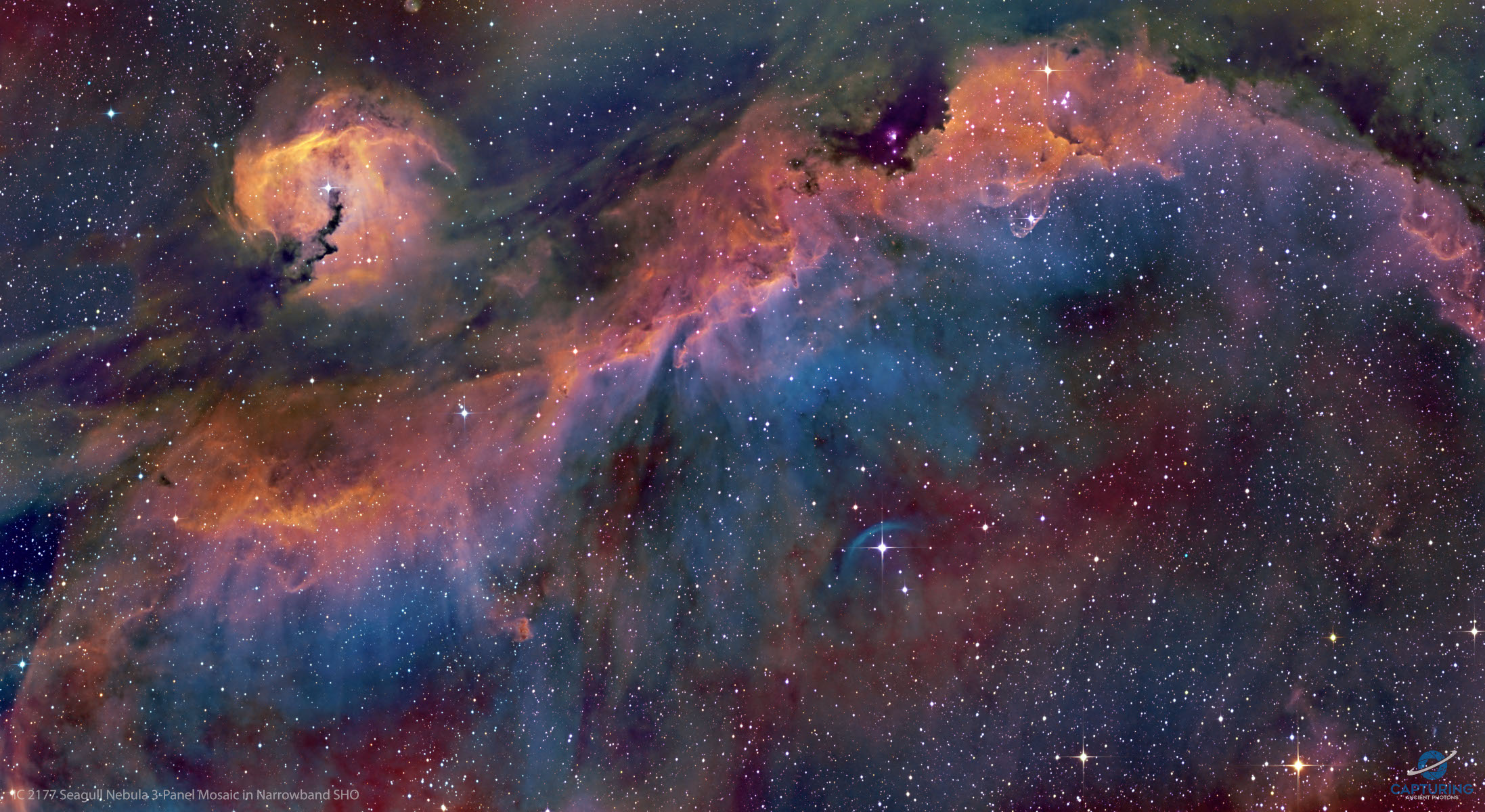
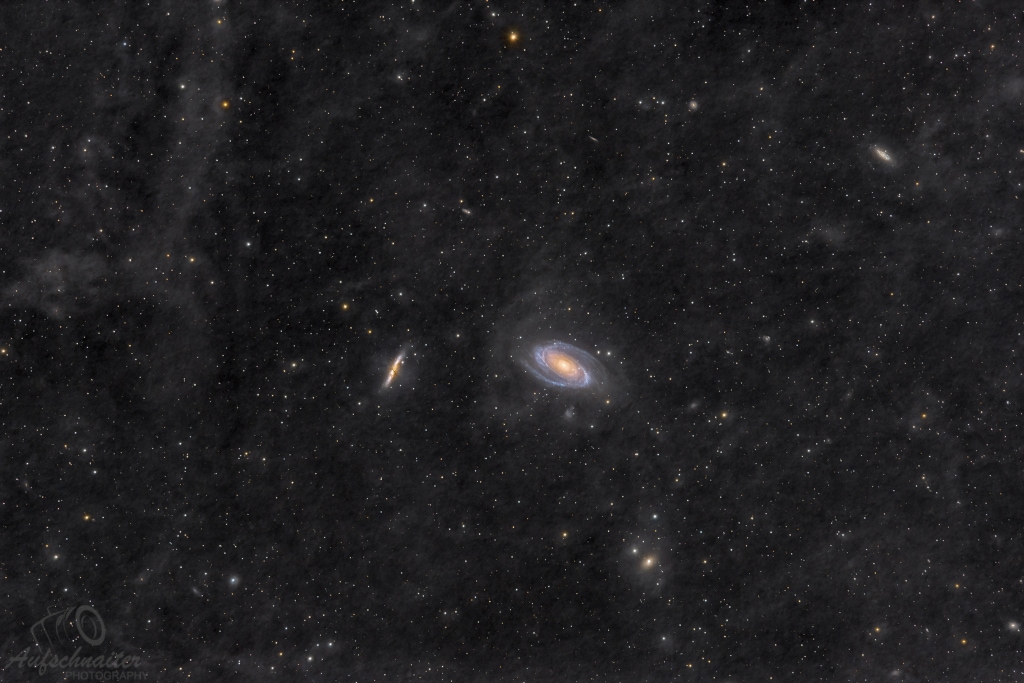
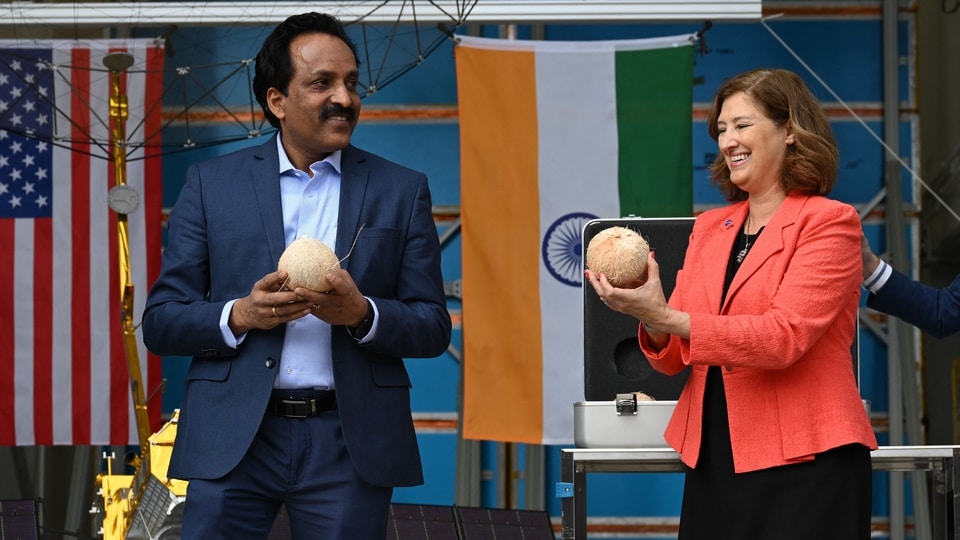
 View all Images
View all ImagesAn earth-observation satellite jointly developed by NASA and ISRO that will help study Earth's land and ice surfaces in greater detail is all set to be shipped to India later this month for a possible launch in September.
ISRO Chairman S Somanath visited NASA's Jet Propulsion Laboratory (JPL) in the US state of California on Friday to oversee the final electrical testing of the NASA-ISRO Synthetic Aperture Radar (NISAR) satellite before being shipped to India.
“This mission will be a powerful demonstration of the capability of radar as a science tool and help us study Earth's dynamic land and ice surfaces in greater detail than ever before,” Somanath said at the formal send-off ceremony organised at the JPL which was attended by senior scientists from the two space agencies.
Later this month, the SUV-size payload will be moved into a special cargo container for a 14,000-kilometer flight to the U R Rao Satellite Centre in Bengaluru.
ISRO and NASA joined hands in 2014 to build the 2800 kg satellite. In March 2021, ISRO sent its S-Band SAR payload developed in India to NASA for integration with the L-Band payload built by JPL.
“This marks an important milestone in our shared journey to better understand planet Earth and our changing climate. NISAR will provide critical information on Earth's crust, ice sheets, and ecosystems,” JPL Director Laurie Leshin said.
Somanath said that the NISAR spacecraft will be integrated into the satellite bus at the U R Rao Satellite Centre for launch within the next year.
“This is one of the most complex satellites. The elements that are built by JPL are excellent,” Somanath said.
The event at JPL was marked by the ceremonial breaking of coconuts in front of a scale model of the satellite by NISAR project heads of NASA and ISRO Phil Barela and C V Shrikant respectively.
The JPL Director also presented the ISRO delegation with a jar of JPL lucky peanuts to be eaten during the launch of the satellite.
NISAR will gather radar data with a drum-shaped reflector antenna almost 12 meters in diameter. It will use a signal-processing technique called interferometric synthetic aperture radar, or InSAR, to observe changes in Earth's land and ice surfaces down to fractions of an inch.
The satellite will help researchers detect slow-moving variations of a land surface that can precede earthquakes, landslides, and volcanic eruptions.
Data about such movements could help communities prepare for natural hazards such as the Joshimath land subsidence.
Measurements of melting sea ice and ice sheets will improve understanding of the pace and impacts of climate change, including sea level rise.
Over the course of its three-year prime mission, the satellite will observe nearly the entire planet every 12 days, making observations day and night, in all weather conditions.
Catch all the Latest Tech News, Mobile News, Laptop News, Gaming news, Wearables News , How To News, also keep up with us on Whatsapp channel,Twitter, Facebook, Google News, and Instagram. For our latest videos, subscribe to our YouTube channel.
































